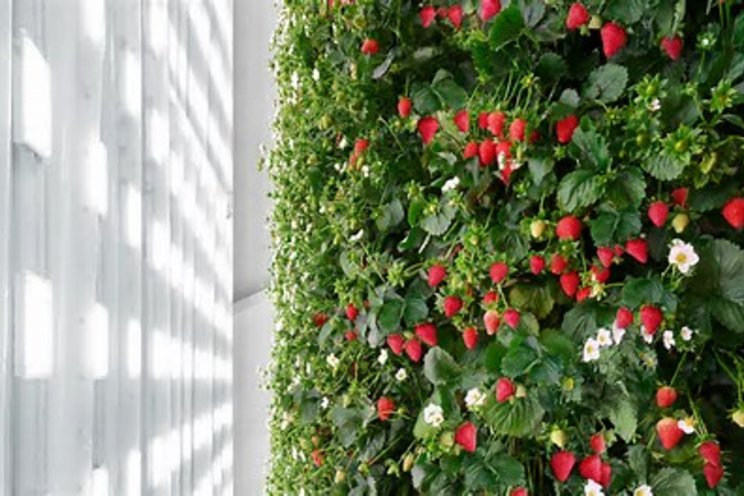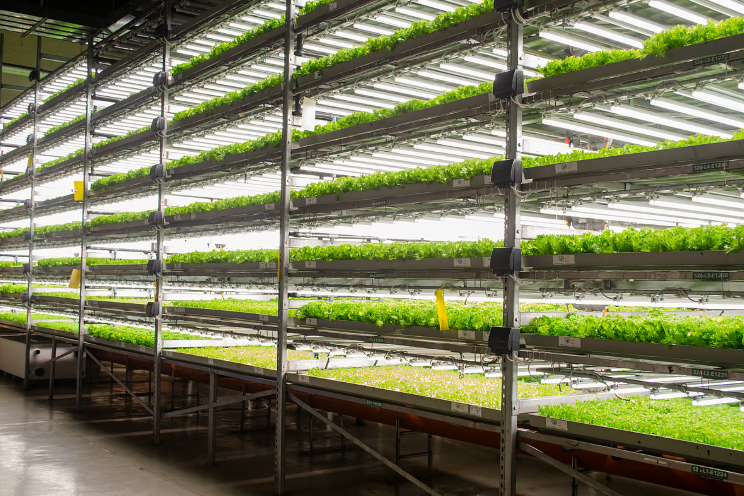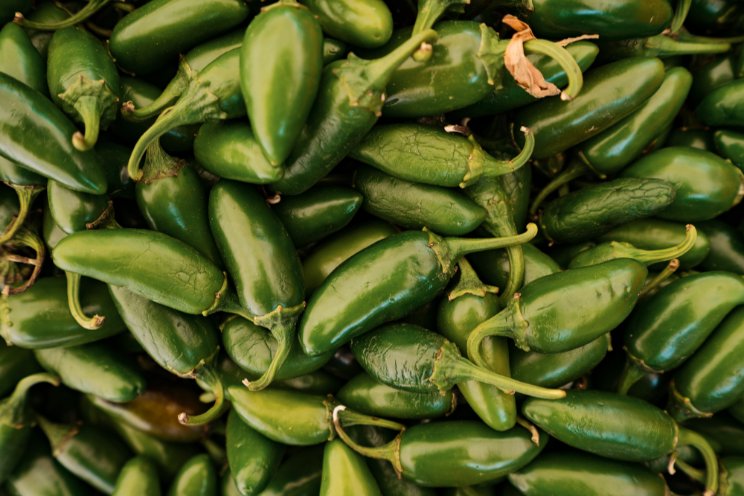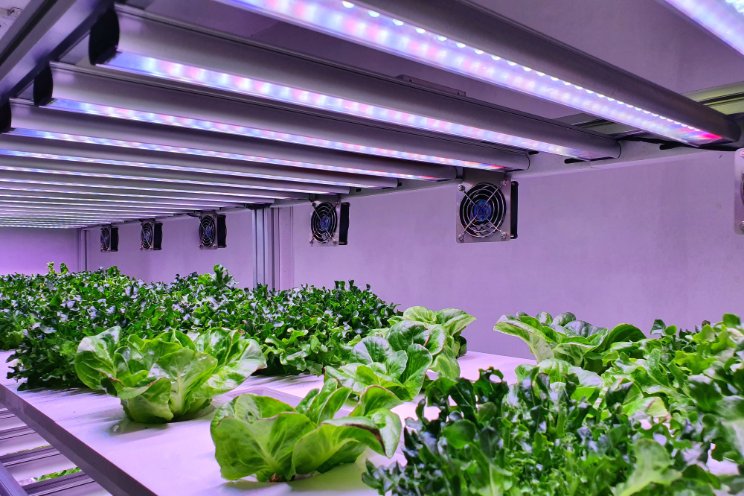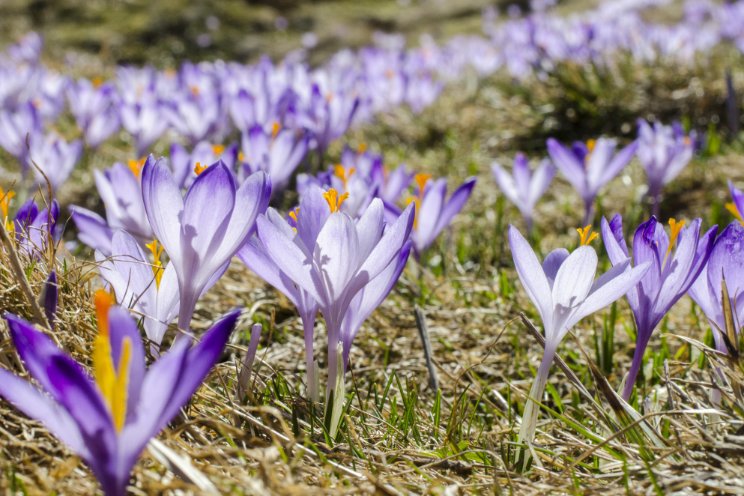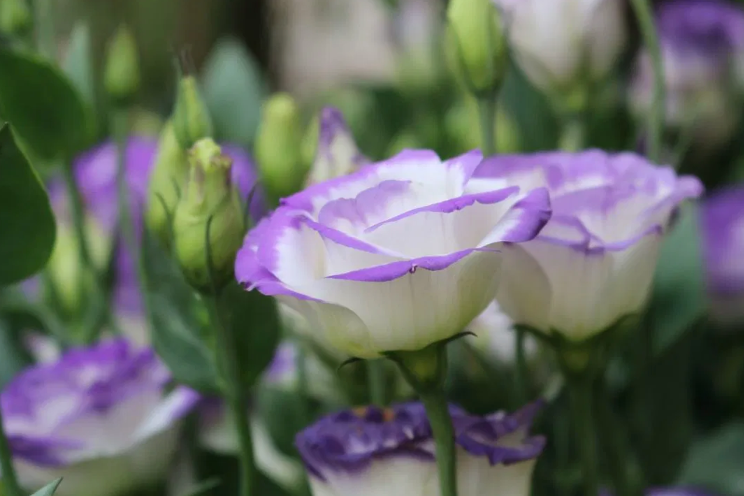Far-red light exposure boosts tomato yields
Added on 17 May 2023
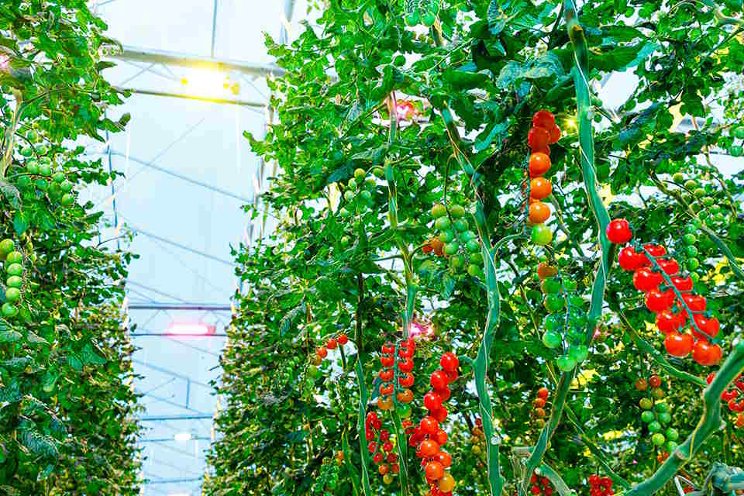
- Adding far-red light during the entire photoperiod alongside the standard PAR light resulted in additional yield
- One of the tomato varieties increased the yield to 16%
Growers want to get as much as possible out of their LED lights. That’s why Philips Horticulture LED Solutions, in close collaboration with its partners, is conducting ongoing research into the optimal light recipes and photoperiod (lighting duration) for different crops. This has recently resulted in new insights for tomato cultivation.
It is well-known that the different colors within a light spectrum can have an effect on the development of plants. In fact, crops may react differently to the various colors of light at different times of day. Therefore, this study sought to find the most appropriate time for the application of far-red light. They found that far-red was by far most effective when added throughout the entire photoperiod.
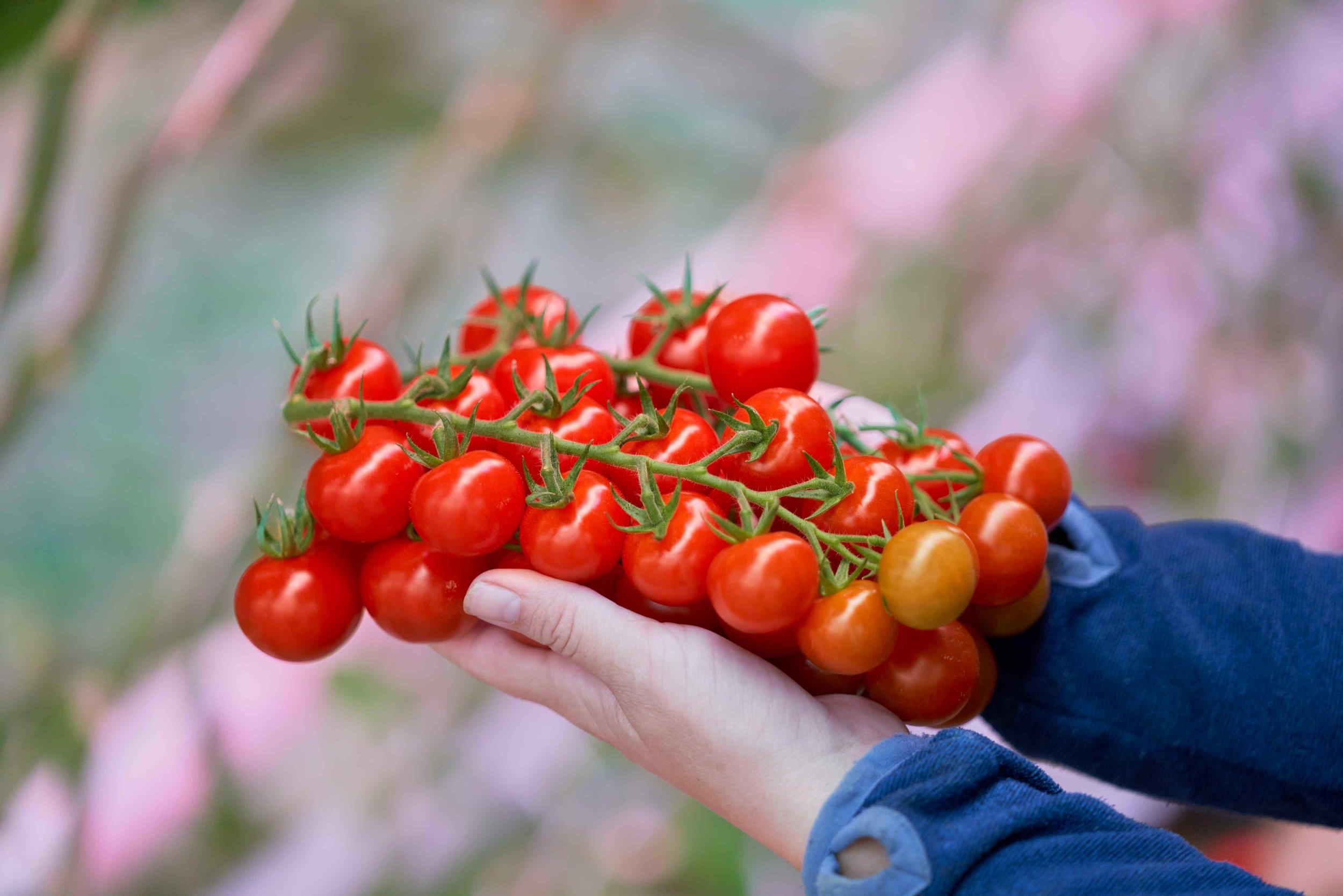
While the outcome confirms the oportunities that far-red light presents , it is not a clear and straightforward equation. “We now have more insight into the impact of far-red light during different periods of the day. The next step is to focus on the ratio between far-red and PAR light to find the ideal balance between growing optimization and energy efficiency.” says Plant Specialist Erik Stappers of Philips Horticulture LED Solutions.
16 percent additional yield
The best result was a 16% increase in yield, however, major differences between varieties make the outcome uncertain for growers. The 20-week study shows that all far-red treatments give more sink strength, which means that more sugars flow to the fruits. However, this only led to a significant increase in harvest if the far-red was dosed during the entire photoperiod -- in this case 16 hours a day.
The research partners, Philips Horticulture LED Solutions, Wageningen University & Research and Nunhems, conclude from this that the plant is not more sensitive to this light in the morning or in the afternoon. Far-red light requires more energy than PAR light, which means that the long duration that far-red has to be added leads to higherer energy consumption.
Ratio between PAR and far-red
The question now is the level at which the use of far-red becomes advantageous in relation to the extra energy consumption. If a relatively low percentage of far-red light produces additional yield, then the researchers expect it may become appealing. “We continue to tweak it to find the ideal light recipe for tomatoes. Besides additional yield in kilos, higher quality and better taste may also come into play in the future,” says Elena Jiménez, Plant Pathology researcher at Wageningen University.
Philips Horticulture LED Solutions, Nunhems and Wageningen University & Research have been working together for about seven years to research the ideal light recipe for tomatoes. Various light recipes are being tested in relation to energy consumption, light spectrum, additional yield and uniformity.
More news

